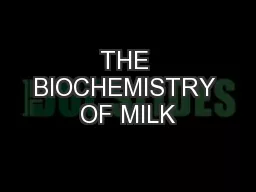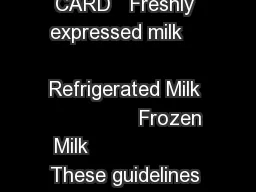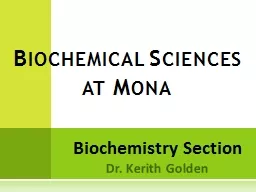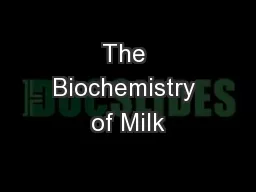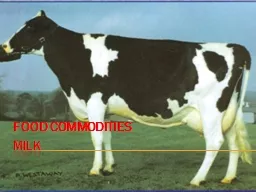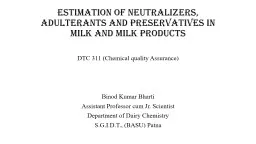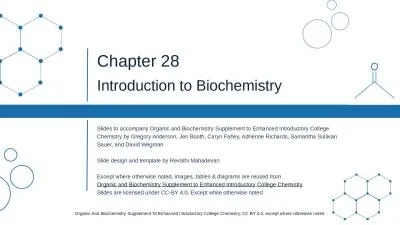PPT-THE BIOCHEMISTRY OF MILK
Author : pasty-toler | Published Date : 2018-09-18
CHAPTER 23 MOLLY NICOLE BRE OBJECTIVES Identify the components of milk and describe how they are dispersed in milk Explain what happens when milk protein is coagulated
Presentation Embed Code
Download Presentation
Download Presentation The PPT/PDF document "THE BIOCHEMISTRY OF MILK" is the property of its rightful owner. Permission is granted to download and print the materials on this website for personal, non-commercial use only, and to display it on your personal computer provided you do not modify the materials and that you retain all copyright notices contained in the materials. By downloading content from our website, you accept the terms of this agreement.
THE BIOCHEMISTRY OF MILK: Transcript
Download Rules Of Document
"THE BIOCHEMISTRY OF MILK"The content belongs to its owner. You may download and print it for personal use, without modification, and keep all copyright notices. By downloading, you agree to these terms.
Related Documents

